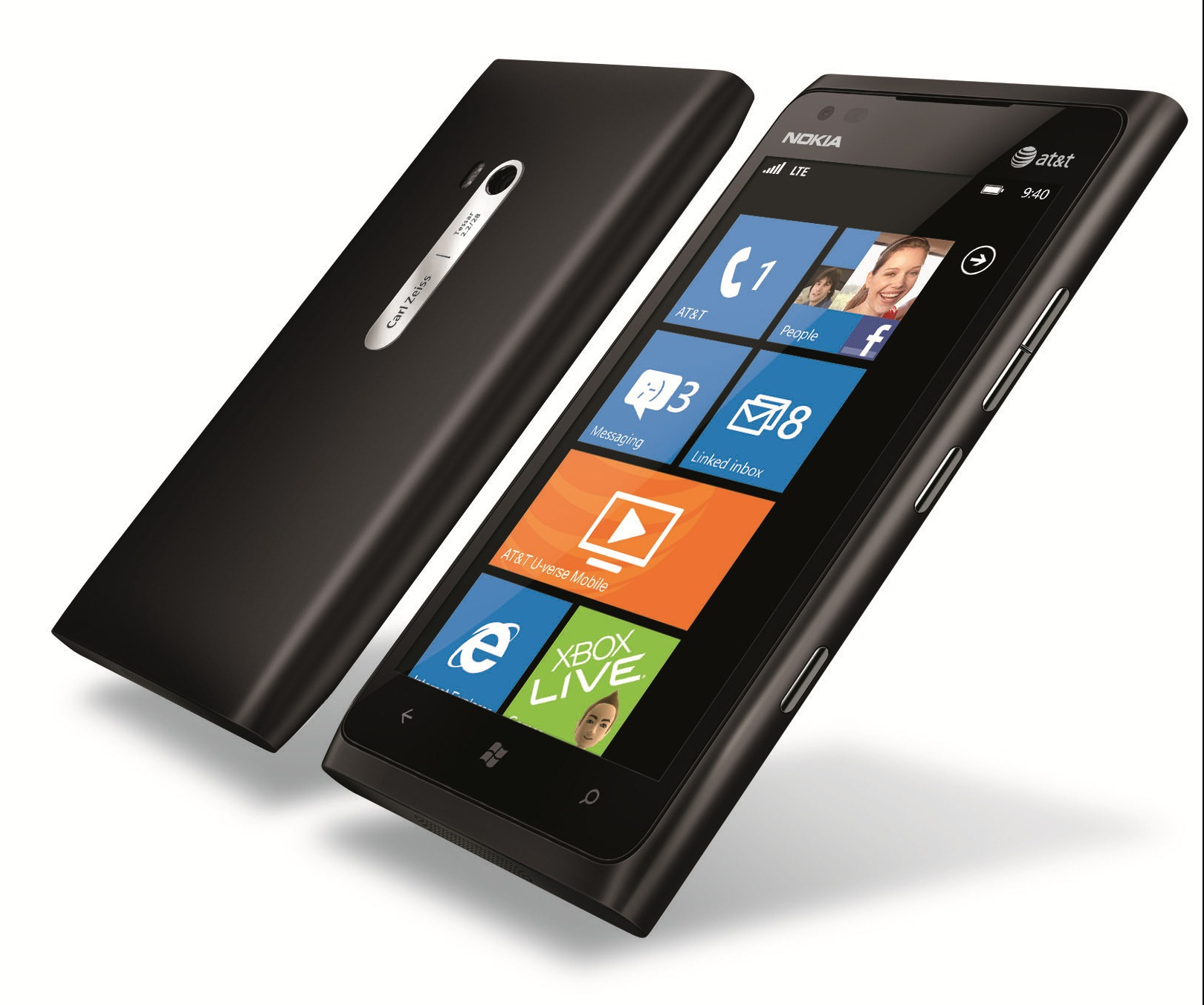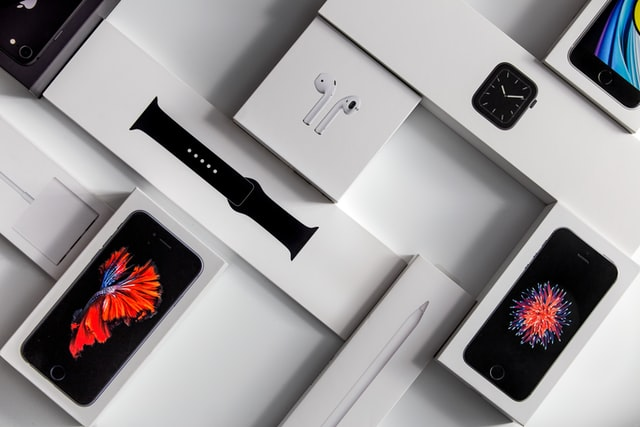T-Mobile USA 4G upgrades mark a significant step for the carrier, aiming to enhance its network capabilities in response to a rapidly evolving mobile landscape. With the completion of HSPA+ network enhancements across numerous markets, T-Mobile is expanding its “4G” reach to approximately 186 million people, a move that is vital following the failed merger with AT&T. Offering speeds of up to 42Mbps, T-Mobile’s use of HSPA+ technology demonstrates its commitment to improving service quality for users, especially those reliant on T-Mobile smartphones. While this upgrade solidifies its current position, the transition to 4G LTE remains a long-term strategy, with a cautious approach evident in CEO Phillip Humm’s recent statements. As T-Mobile prepares to receive additional spectrum licenses, the future of its network expansion looks promising, ensuring customers have access to advanced mobile experiences soon.
The recent enhancements to T-Mobile’s 4G infrastructure reflect the company’s strategic initiatives following the unsuccessful merger talks with AT&T, pushing them to innovate within the telecommunications space. T-Mobile’s commitment to expanding its network breadth includes the latest advancements in HSPA+ technology, which significantly improves data speeds for consumers. As T-Mobile optimizes its offerings, users of T-Mobile smartphones can expect a robust mobile experience, complemented by new device launches like the Nokia Lumia 710. Although the company is currently focused on its HSPA+ capabilities, the anticipated transition to 4G LTE underscores a need for significant upgrades as competition increases among major carriers. This dual-track approach, aimed at both maintaining current services and planning for future enhancements, positions T-Mobile strategically for upcoming market dynamics.
T-Mobile USA 4G Upgrades: A New Era of Connectivity
T-Mobile USA is making significant strides towards enhancing its network capabilities with the completion of HSPA+ network upgrades across various new markets. This upgrade is crucial for the company as it transitions into a more competitive player in the wireless space, particularly following the unsuccessful merger attempt with AT&T. By expanding its 4G reach, T-Mobile aims to offer 42Mbps HSPA+ speeds in 175 locations, catering to an impressive audience of approximately 186 million people. This rapid expansion emphasizes T-Mobile’s commitment to improving customer experience and ensuring that more users have access to faster mobile internet services.
While the transition to 4G LTE is not urgent according to CEO Phillip Humm, T-Mobile acknowledges the importance of long-term strategies. Despite having HSPA+ technology deemed “good enough,” the company’s eventual roadmap does include plans for LTE. The upcoming enhancements are not solely about speed; they involve critical adjustments in infrastructure that will facilitate deeper network penetration and reliability. The expected influx of spectrum from the merger dissolution with AT&T provides a golden opportunity for T-Mobile to invest in and expedite its 4G LTE transition.
Understanding HSPA+ Technology: The Backbone of T-Mobile’s Network
HSPA+ technology serves as the foundation for T-Mobile’s current network capabilities, providing an efficient alternative while 4G LTE deployments are planned. With both 21Mbps and the more advanced 42Mbps services accessible, T-Mobile is ensuring its customers experience enhanced speed and performance as they connect their devices. This technology allows the carrier to optimize data transfer rates and improve network responsiveness, offering a compelling reason for consumers to opt for T-Mobile over other service providers.
Moreover, the expansion of HSPA+ technology aligns perfectly with T-Mobile’s ongoing efforts to enhance its smartphone offerings. As T-Mobile aims to attract more users, the availability of faster data services plays an integral role in its marketing strategy, especially for customers seeking high-performance devices. Consumers are increasingly looking for smartphones that can fully utilize network capabilities, hence T-Mobile’s improved coverage and speeds are essential for acquiring new customers and retaining loyal ones.
The Transition to 4G LTE: Challenges Ahead for T-Mobile USA
Transitioning to 4G LTE is critical for T-Mobile USA in maintaining competitiveness within the telecommunications industry. As larger rivals like Verizon and AT&T fully embrace LTE technology, T-Mobile must formulate a solid plan to catch up. Although CEO Phillip Humm reassured stakeholders that LTE is part of their long-term strategy, the lack of urgency raises questions about the company’s position in the market. Regulatory hurdles and the subsequent integration of newly acquired spectrum present significant challenges, yet they also hold potential for future growth.
In light of these challenges, T-Mobile’s careful consideration of its timing in the LTE transition remains a key focus. The company is committed to ensuring that when it does launch LTE services, they will meet customer expectations for speed and reliability. This will not only enhance user experiences but also solidify the brand’s reputation as a leader in providing innovative mobile connectivity solutions. Balancing immediate improvements with strategic planning will be essential for their successful entry into the LTE space.
Exploring T-Mobile Smartphones: The Galaxy S Blaze 4G and Lumia 710
T-Mobile’s smartphone lineup is evolving alongside its network enhancements, with the introduction of devices like the Samsung Galaxy S Blaze 4G and the Nokia Lumia 710. Both devices are poised to take advantage of the 4G capabilities offered by T-Mobile’s enhanced network, delivering users faster data speeds and a more seamless mobile experience. The Galaxy S Blaze 4G, with its high-performance hardware and impressive software capabilities, represents T-Mobile’s commitment to providing customers with cutting-edge technology.
On the other hand, the Nokia Lumia 710 marks a significant milestone in T-Mobile’s offerings, as it introduces Windows Phone technology to the U.S. market. By incorporating Windows Phone alongside its Android devices, T-Mobile aims to diversify its portfolio and attract a broader audience. This strategic move highlights T-Mobile’s recognition of the potential in alternative operating systems and their commitment to adapting to consumer preferences.
The Importance of Network Expansion in T-Mobile’s Strategy
T-Mobile USA’s network expansion is not just about speed; it’s about building a robust infrastructure that supports growth in a competitive landscape. As the company’s recent announcements indicate, completing HSPA+ upgrades is a vital step towards enhancing both coverage and capacity, allowing the carrier to accommodate more users effectively. The integration of new spectrum resources, post-merger, positions T-Mobile to better serve existing customers and attract new ones with competitive 4G services.
Moreover, the ongoing network expansion initiatives emphasize T-Mobile’s dedication to improving mobile broadband access. With a focus on reaching underserved markets, T-Mobile aims to bridge the connectivity gap, ensuring that more communities have access to high-speed internet. This commitment not only strengthens the company’s market presence but also aligns with broader societal goals of increasing digital inclusion and reducing the digital divide.
T-Mobile’s Vision for a 4G Future: Insights from Leadership
Leadership at T-Mobile is currently focused on navigating the complexities of the telecommunications landscape to ensure a sustainable 4G future. According to CEO Phillip Humm, the vision is clear: while HSPA+ technology serves as a strong bridge to immediate service enhancements, LTE will be the focal point of future expansions. The company’s strategic roadmap outlines a cautious yet resolute approach to rolling out next-generation network upgrades, ensuring that T-Mobile remains competitive amid rapid technological advancements.
Humm’s insights during industry conferences highlight the importance of not rushing into LTE without a solid foundation. By ensuring that current services meet and exceed customer expectations, T-Mobile hopes to fortify its brand loyalty, leading to successful long-term relationships with its user base as it transitions into more advanced services. The focus lies not just on technology but also on providing valuable customer experiences that underscore T-Mobile’s commitment to quality and innovation.
Windows Phone on T-Mobile: Embracing Diversity in Mobile OS
In a strategic move to diversify its offerings, T-Mobile has embraced Windows Phone as a staple of its smartphone portfolio. The introduction of devices like the Nokia Lumia 710 signals the carrier’s recognition of the growing demand for alternate operating systems among consumers. With Android dominating the market, T-Mobile’s support for Windows Phone showcases its commitment to providing choices for users, aiming to cater to varied consumer preferences.
As part of this initiative, T-Mobile is not only focusing on hardware but is also engaging in promoting the unique features that Windows Phone brings to the table. From its user-friendly interface to seamless integration with Microsoft services, T-Mobile positions the Lumia 710 as an appealing option for those seeking a different experience in smartphone usage. This diversification strategy is crucial for attracting a broader consumer base and expanding T-Mobile’s reach in an increasingly competitive market.
The Role of Spectrum in T-Mobile’s Network Development
The acquisition of new spectrum is pivotal for T-Mobile as it seeks to enhance its network capabilities and deliver high-quality services to its customers. Following the dissolution of its merger with AT&T, T-Mobile is poised to gain access to valuable spectrum that can significantly bolster its 4G LTE transition efforts. This new spectrum will allow the carrier to alleviate congestion in its existing network and provide faster, more reliable service to its growing user base.
Furthermore, effectively leveraging this spectrum will ensure that T-Mobile can deploy advanced technologies and improve overall network performance. This resource is essential not just for enhancing speed but also for broadening coverage in rural and underserved areas, aligning with the company’s goal of providing ubiquitous, high-speed internet access. As T-Mobile navigates its network development strategy, the successful integration of this spectrum will play a crucial role in the company’s future growth trajectory.
Future Prospects: T-Mobile’s Plans Beyond 4G
T-Mobile’s future prospects extend beyond merely upgrading to 4G technologies; they also encompass a comprehensive strategy for continuous improvement and innovation. As the telecommunications industry evolves, T-Mobile aims to remain at the forefront by exploring emerging technologies and new service offerings. The company is actively researching opportunities in areas such as 5G technology, IoT services, and enhanced customer experiences, positioning itself as a leader in the next phase of mobile connectivity.
By focusing on long-term goals that encompass customer satisfaction and technology advancement, T-Mobile is preparing itself for an exciting future. Plans to enhance its existing network infrastructure, coupled with continuous investment in R&D, underscore the carrier’s commitment to not only meeting current demands but also anticipating future market trends. This proactive approach will help T-Mobile solidify its reputation as a forward-thinking telecom provider, ultimately benefiting consumers with superior products and services.
Frequently Asked Questions
What are T-Mobile USA’s recent 4G upgrades and network expansions?
T-Mobile USA has recently completed HSPA+ network upgrades, expanding its 4G reach to new markets. The carrier now provides 42Mbps HSPA+ service in 175 markets, covering approximately 186 million people. Additionally, its 21Mbps HSPA+ service has increased coverage to 217 markets, reflecting the company’s efforts in network expansion.
How does HSPA+ technology impact T-Mobile USA’s 4G capabilities?
HSPA+ technology enhances T-Mobile USA’s 4G capabilities by providing faster data speeds, with current offerings reaching up to 42Mbps. This technology acts as a bridge towards 4G LTE transition and allows T-Mobile to deliver improved service even as it prepares for future LTE advancements.
What is T-Mobile USA’s plan for transitioning to 4G LTE?
Currently, T-Mobile USA has indicated that while LTE is part of its long-term strategy, there is no immediate need for a rapid transition. CEO Phillip Humm mentioned that the company is focusing on enhancing its existing HSPA+ services before hastily rolling out LTE, though it won’t ignore LTE’s potential.
What new 4G devices are available from T-Mobile USA?
T-Mobile USA has introduced two notable 4G devices: the Samsung Galaxy S Blaze 4G and the Nokia Lumia 710. These smartphones mark T-Mobile’s commitment to providing customers with advanced 4G options, catering to both Android and Windows Phone preferences.
How will T-Mobile USA’s merger dissolution with AT&T affect its 4G upgrades?
The dissolution of the T-Mobile and AT&T merger will provide T-Mobile with additional spectrum, which is crucial for enhancing 4G upgrades. However, the company still needs to secure regulatory approval to utilize this spectrum, which could further influence its network expansion and 4G capabilities.
What role do Windows Phones play in T-Mobile USA’s smartphone lineup?
Windows Phones are expected to play a significant role in T-Mobile USA’s smartphone lineup in 2012, alongside its predominantly Android offerings. The introduction of the Nokia Lumia 710 showcases T-Mobile’s aim to diversify its 4G devices and accommodate Windows Phone users.
How does T-Mobile USA’s 4G service compare to its competitors?
T-Mobile USA’s 4G service, primarily based on HSPA+ technology, provides competitive speeds but lacks a clear and aggressive plan for 4G LTE transition compared to its larger competitors. While T-Mobile has expanded its HSPA+ coverage significantly, it is still in the process of developing a comprehensive LTE strategy.
Why is T-Mobile USA focusing on HSPA+ instead of rushing to 4G LTE?
T-Mobile USA focuses on HSPA+ because it currently offers satisfactory data speeds that meet customer needs. The CEO believes that their existing HSPA+ service is ‘good enough’ for now, allowing the company to allocate resources effectively while planning for a future transition to 4G LTE.
| Key Point | Details |
|---|---|
| Merger with AT&T | T-Mobile USA’s planned merger with AT&T has failed, prompting the need for new strategies. |
| 4G Network Expansion | T-Mobile has completed HSPA+ upgrades, expanding its 4G reach to 42Mbps in 175 markets. |
| Coverage Area | The upgraded network reaches approximately 186 million people and 21Mbps HSPA+ covers 217 markets. |
| Spectrum Acquisition | T-Mobile is set to receive spectrum as part of the AT&T merger dissolution, pending regulatory approval. |
| LTE Transition | CEO Phillip Humm acknowledges a lack of urgency for transitioning to LTE, envisioning it as a long-term strategy. |
| New Devices Launch | T-Mobile introduced the Samsung Galaxy S Blaze 4G and Nokia Lumia 710 at CES 2012. |
| Windows Phone Strategy | The company plans to include Windows Phone devices prominently in its 2012 lineup, alongside Android. |
Summary
T-Mobile USA 4G upgrades signify an important effort to enhance network capabilities and customer service following the failed AT&T merger. By completing HSPA+ network upgrades, T-Mobile extends its reach and improves service speeds to millions. While the company has successful short-term strategies in place, its lack of an immediate transition plan to LTE highlights the need for a more defined long-term direction in the rapidly advancing telecommunications sector. The introduction of new 4G devices also indicates T-Mobile’s commitment to remaining competitive in the industry.







